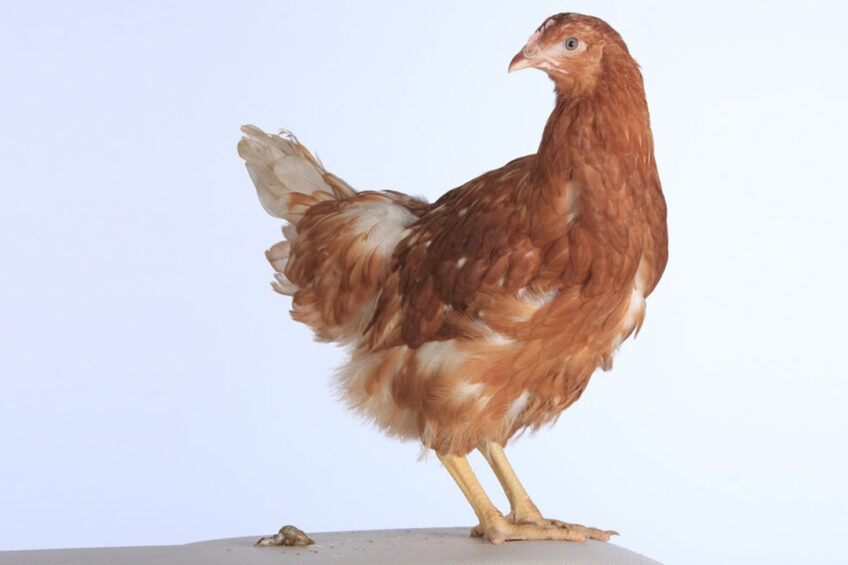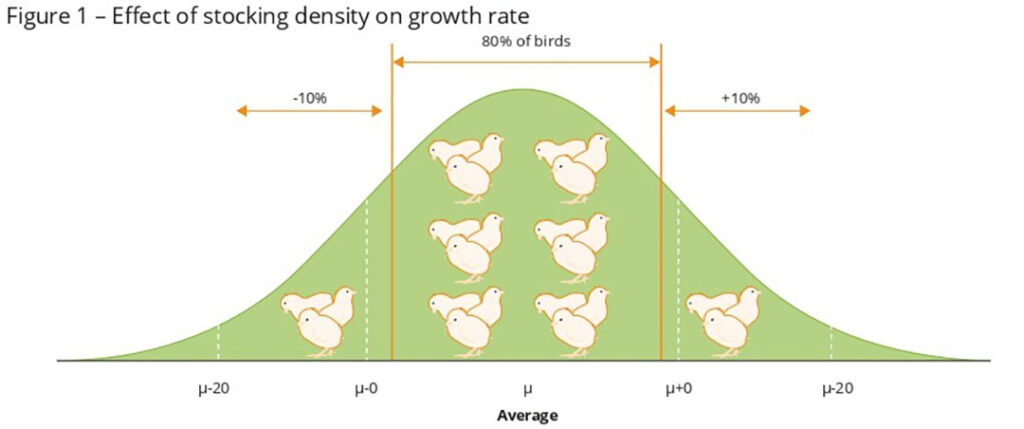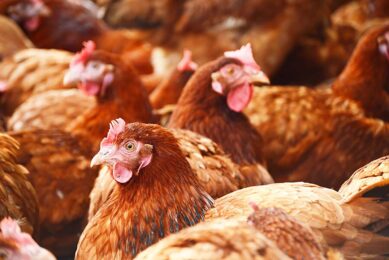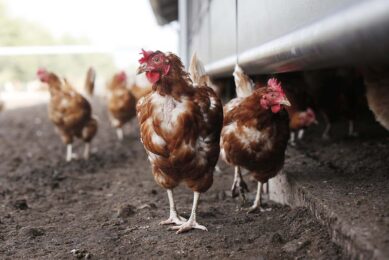Early feeding for layer chicks

Animal nutrition is constantly evolving, especially when it comes to productivity management, and we have seen great genetic progress in recent years. Layers are no exception, showing increased egg production and excellent production persistence.
To reach high production and persistence, it is crucial to improve feed efficiency with an optimum nutrition programme, especially in the early stages. Several genetic companies make recommendations for the nutrition and feeding of their pullets, showing some variations in the level of protein, amino acids, energy, etc. Therefore, it is important to bear the pullets’ growth pattern in mind during breeding.
From 0 to 6 weeks
This period is characterised by the development of the chick’s digestive and immune systems. We find that during the first few days, most of the nutrients are directed towards the development of organs (small intestine, large intestine, liver, kidney, heart, etc.).
At this stage, the protein level (amino acids) is very important, while the energy level is not as critical. Early protein feeding increases muscle potential (satellite cell recruitment). It should be noted that during the postnatal period satellite cells provide the myonuclear bases for skeletal muscle growth and they decrease as time goes by.
From 6 to 12 weeks
This period is characterised by the growth of bones, muscles and feathers. After this stage, 95% of the skeleton is already developed and the protein intake still has an impact on bodyweight. By 12 weeks of age, the protein level is not that crucial whereas the energy intake is key, and any deficiency will impact weight gain.
From 15 to 18 weeks
In this period, the reproductive organs (oviduct) are growing, as well as the medullary bone which is used as a calcium deposit for shell formation. In this period too, protein and mineral (calcium) intake will play a fundamental role in the development of these structures.
Changes in bodyweight and body composition throughout the animal’s lifespan are most important as this parameter closely correlates with sexual maturity.
 Although we have always sought to meet the bodyweight goals at each stage of the animal’s life, the uniformity of the flock is also important since this indicates how homogeneously the flock is developing. Uniformity is calculated by obtaining the flock average, taking 5% above the average and 5% below. All bodyweights falling within this range will show adequate uniformity (Figure 1).
Although we have always sought to meet the bodyweight goals at each stage of the animal’s life, the uniformity of the flock is also important since this indicates how homogeneously the flock is developing. Uniformity is calculated by obtaining the flock average, taking 5% above the average and 5% below. All bodyweights falling within this range will show adequate uniformity (Figure 1).
Influencing factors
As we know, during breeding there are various factors that can affect the development of chickens. These factors may be chick quality, management (density, quality of facilities, feeder and drinking systems, lighting programme, climate control, etc.), nutrition level (ingredient quality, etc.) and disease control.
Join 31,000+ subscribers
Subscribe to our newsletter to stay updated about all the need-to-know content in the poultry sector, three times a week. Beheer
Beheer








 WP Admin
WP Admin  Bewerk bericht
Bewerk bericht